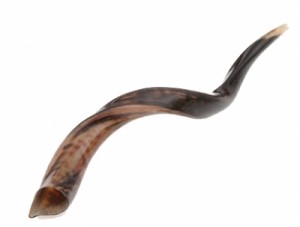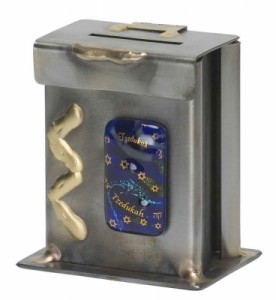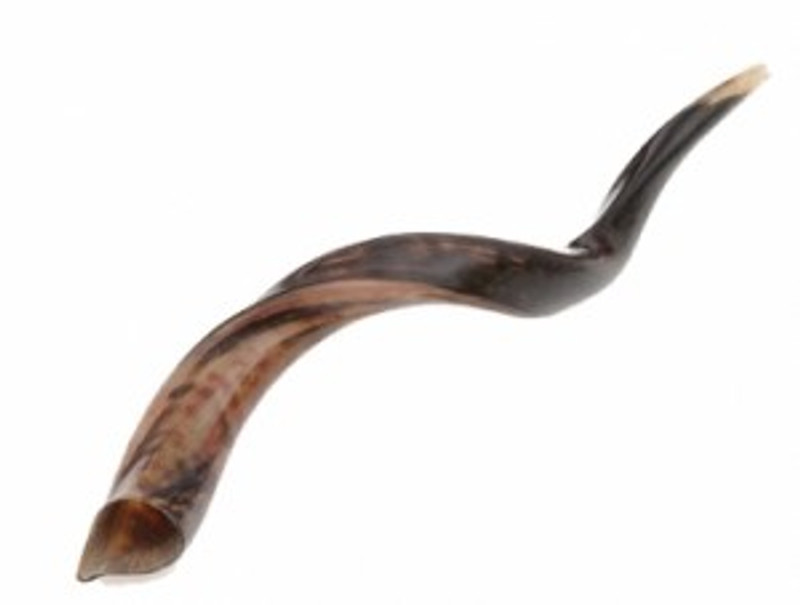In the Jewish faith, holidays don’t get any more important than Yom Kippur, observed this year from sunset September 25 to nightfall September 26. The name Yom Kippur means Day of Atonement, which is a good description, because “on this day He will forgive you, to purify you, and be cleansed from all your sins before God” (Leviticus 16:30).
Yom Kippur comes at the end of the Ten Days of Awe, which begins with Rosh Hashanah. It is a day set aside to make amends for the sins of the past year. The belief goes that, during the Days of Awe, God inscribes all our names in books, and on Yom Kippur, He renders judgment. This day represents our last chance to repent, ask forgiveness, and set things right with God before the books are closed for the year.

Even people who aren’t particularly religious will set Yom Kippur aside as a religious holiday. For nearly 26 hours, we avoid work, food, water and attend synagogue. We abstain from washing or anointing our bodies (code for applying cosmetics, deodorant, etc.), wearing leather footwear, and engaging in marital relations. In some traditions, Jews wear white on Yom Kippur to symbolize purity and cleansing from sin.
We spend most of the day praying in the synagogue, with only a short break in the afternoon. The prayers for Yom Kippur and Rosh Hashanah are so extensive that we use a prayer book called the machzor. Five prayer services are similar, starting with the Kol Nidrei service on the eve of Yom Kippur and ending with Neilah, or “closing the gate” at sunset. We confess our sins communally eight times during the observance and recite Psalms whenever there’s a chance.

Before Yom Kippur, in preparation, we take part in the Kaparot, a service dedicated to atonement. To nudge us along in our prayers for a sweet and abundant year, we eat honey cake and also a full-blown holiday-type meal to get us ready to fast. For good measure in our efforts to atone, we do extra good deeds and give a little extra to charity (tzedakah).
Additionally, on the eve of Yom Kippur, we bless our children and light candles – much like on Shabbat.
At the closing service, Neilah, we hear voices rise and say, “Hear, O Israel… God is one.” Then the celebrations begin, including a blast of the shofar (an instrument made from a ram’s horn), followed by the exclamation, “Next year in Jerusalem.”
As with many Jewish events and observances, we wind things down with an abundant meal. After Yom Kippur, we celebrate the opportunity to make the most of another year of life, health, and happiness and to do so with a calm heart and a clear conscience.

